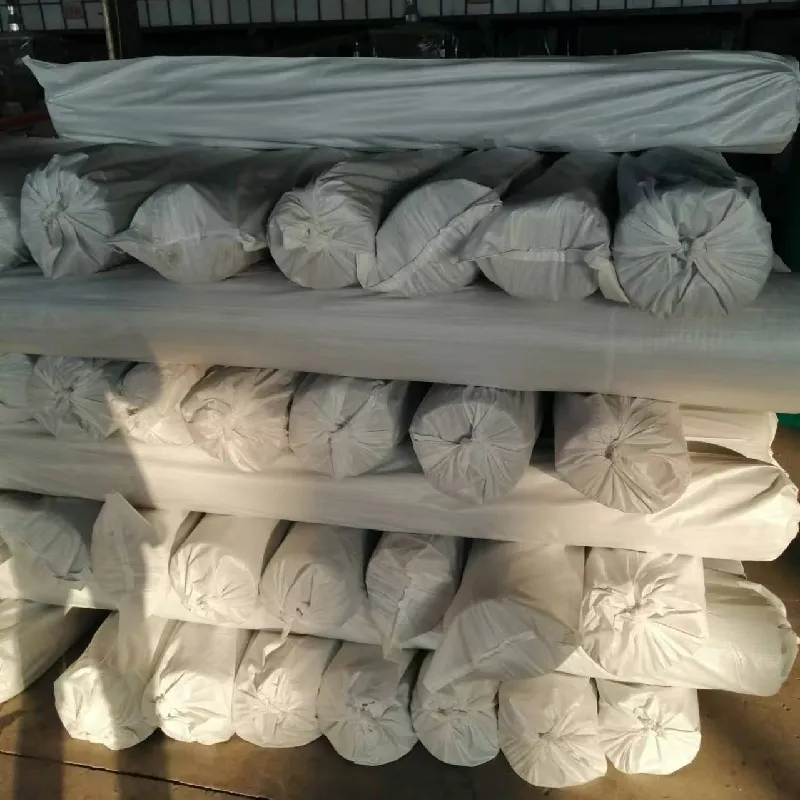-
 Afrikaans
Afrikaans -
 Albanian
Albanian -
 Amharic
Amharic -
 Arabic
Arabic -
 Armenian
Armenian -
 Azerbaijani
Azerbaijani -
 Basque
Basque -
 Belarusian
Belarusian -
 Bengali
Bengali -
 Bosnian
Bosnian -
 Bulgarian
Bulgarian -
 Catalan
Catalan -
 Cebuano
Cebuano -
 China
China -
 Corsican
Corsican -
 Croatian
Croatian -
 Czech
Czech -
 Danish
Danish -
 Dutch
Dutch -
 English
English -
 Esperanto
Esperanto -
 Estonian
Estonian -
 Finnish
Finnish -
 French
French -
 Frisian
Frisian -
 Galician
Galician -
 Georgian
Georgian -
 German
German -
 Greek
Greek -
 Gujarati
Gujarati -
 Haitian Creole
Haitian Creole -
 hausa
hausa -
 hawaiian
hawaiian -
 Hebrew
Hebrew -
 Hindi
Hindi -
 Miao
Miao -
 Hungarian
Hungarian -
 Icelandic
Icelandic -
 igbo
igbo -
 Indonesian
Indonesian -
 irish
irish -
 Italian
Italian -
 Japanese
Japanese -
 Javanese
Javanese -
 Kannada
Kannada -
 kazakh
kazakh -
 Khmer
Khmer -
 Rwandese
Rwandese -
 Korean
Korean -
 Kurdish
Kurdish -
 Kyrgyz
Kyrgyz -
 Lao
Lao -
 Latin
Latin -
 Latvian
Latvian -
 Lithuanian
Lithuanian -
 Luxembourgish
Luxembourgish -
 Macedonian
Macedonian -
 Malgashi
Malgashi -
 Malay
Malay -
 Malayalam
Malayalam -
 Maltese
Maltese -
 Maori
Maori -
 Marathi
Marathi -
 Mongolian
Mongolian -
 Myanmar
Myanmar -
 Nepali
Nepali -
 Norwegian
Norwegian -
 Norwegian
Norwegian -
 Occitan
Occitan -
 Pashto
Pashto -
 Persian
Persian -
 Polish
Polish -
 Portuguese
Portuguese -
 Punjabi
Punjabi -
 Romanian
Romanian -
 Russian
Russian -
 Samoan
Samoan -
 Scottish Gaelic
Scottish Gaelic -
 Serbian
Serbian -
 Sesotho
Sesotho -
 Shona
Shona -
 Sindhi
Sindhi -
 Sinhala
Sinhala -
 Slovak
Slovak -
 Slovenian
Slovenian -
 Somali
Somali -
 Spanish
Spanish -
 Sundanese
Sundanese -
 Swahili
Swahili -
 Swedish
Swedish -
 Tagalog
Tagalog -
 Tajik
Tajik -
 Tamil
Tamil -
 Tatar
Tatar -
 Telugu
Telugu -
 Thai
Thai -
 Turkish
Turkish -
 Turkmen
Turkmen -
 Ukrainian
Ukrainian -
 Urdu
Urdu -
 Uighur
Uighur -
 Uzbek
Uzbek -
 Vietnamese
Vietnamese -
 Welsh
Welsh -
 Bantu
Bantu -
 Yiddish
Yiddish -
 Yoruba
Yoruba -
 Zulu
Zulu
welded steel wire fabric
The Versatility and Importance of Welded Steel Wire Fabric
Welded steel wire fabric (WSWF) is an essential component in various construction and engineering applications, known for its robustness, versatility, and cost-effectiveness. This material consists of a grid of steel wires that are welded together at intersections, creating a support structure that enhances the integrity of concrete and other composite materials.
Composition and Manufacturing Process
Welded steel wire fabric is typically made from high-tensile steel wires, which are manufactured in accordance with stringent industry standards. The production process involves drawing steel rods into thin wires and then arranging them in grids before welding. This welding process is crucial as it ensures uniform strength and stability across the fabric, making it suitable for numerous applications.
Steel wire fabric comes in various sizes and configurations, allowing for customization based on specific project requirements. The spacing between the wires can be adjusted, and the thickness of the wires can be tailored to meet the needs of different structures. This flexibility makes WSWF a popular choice across diverse industries, from construction to agriculture.
Applications in Construction
One of the primary uses of welded steel wire fabric is in reinforced concrete structures. It provides tensile strength, reducing the risk of cracking and enhancing the ductility of concrete. When embedded in concrete slabs, walls, and other forms, WSWF acts as a vital reinforcement element, significantly improving the structural integrity and lifespan of the build.
WSWF is commonly used in floors and pavements, where it contributes to load distribution and supports heavy traffic
. It is also beneficial in precast concrete applications, such as walls and beams, ensuring that they can withstand various stresses encountered during their lifespan. Additionally, welded steel wire fabric is employed in soil stabilization projects, where it reinforces soil and slopes, preventing erosion and promoting stability.Advantages of Welded Steel Wire Fabric
welded steel wire fabric

The advantages of using WSWF are numerous. First and foremost, its cost-effectiveness is one of its most attractive features. This material requires significantly less labor and time to install compared to traditional reinforcement methods, resulting in reduced overall project costs.
Moreover, WSWF is lightweight yet incredibly strong, which allows for easier handling and installation on job sites. Its uniformity means that it can be produced in large rolls or sheets, facilitating efficient transportation and storage. This consistency in quality also minimizes waste, as each piece is manufactured to precise specifications.
Additionally, the welded design ensures that the fabric remains intact, preventing the possible displacement of wires under load. This characteristic is vital for maintaining structural soundness, especially in areas prone to seismic activity.
Challenges and Considerations
While there are many benefits to using welded steel wire fabric, there are also challenges that engineers must consider. Corrosion resistance is crucial since exposure to moisture can lead to rust, ultimately compromising the strength of the structure. Therefore, using galvanized or coated wires can help mitigate this risk, enhancing the longevity of the fabric.
Another consideration is related to the design of the fabric itself. Understanding the specific loading conditions and environmental factors that will affect the structure is essential for optimizing performance. Engineers must conduct thorough assessments to ensure the right specifications are chosen for each unique application.
Conclusion
In conclusion, welded steel wire fabric is undoubtedly an indispensable material in modern construction and engineering. Its strength, adaptability, and efficiency make it a preferred choice for various applications, enhancing the durability and performance of structures across the board. As construction technologies continue to evolve, WSWF will likely remain a cornerstone material, vital for building the infrastructure of the future.
-
Shipping Plastic Bags for Every NeedNewsJul.24,2025
-
Safety Netting: Your Shield in ConstructionNewsJul.24,2025
-
Plastic Mesh Netting for Everyday UseNewsJul.24,2025
-
Nylon Netting for Every UseNewsJul.24,2025
-
Mesh Breeder Box for Fish TanksNewsJul.24,2025
-
Expanded Steel Mesh Offers Durable VersatilityNewsJul.24,2025











